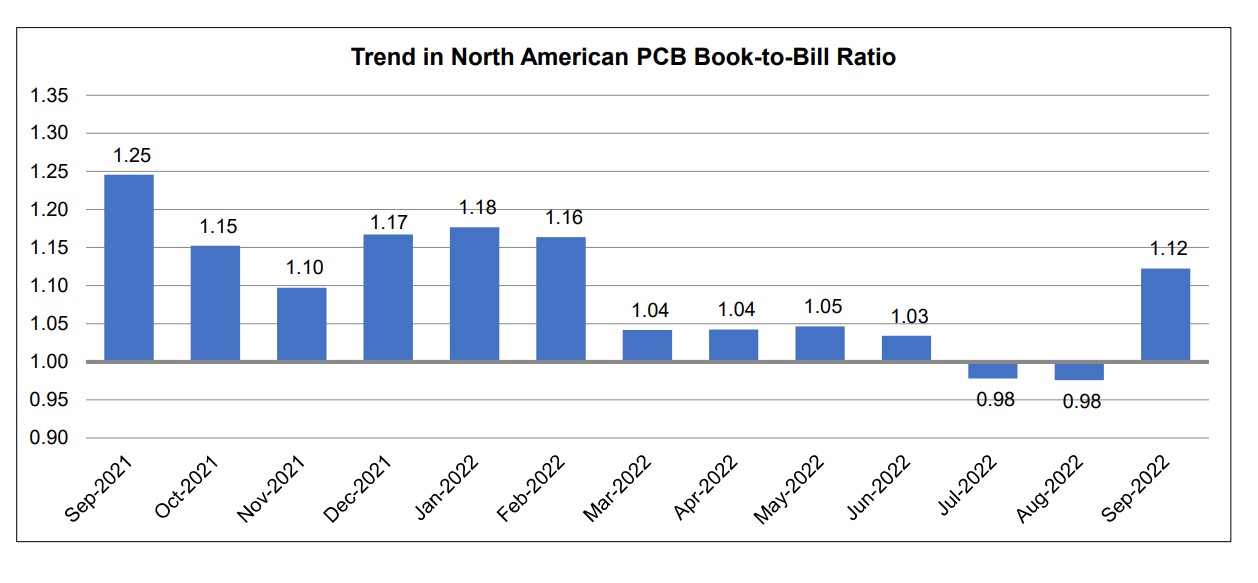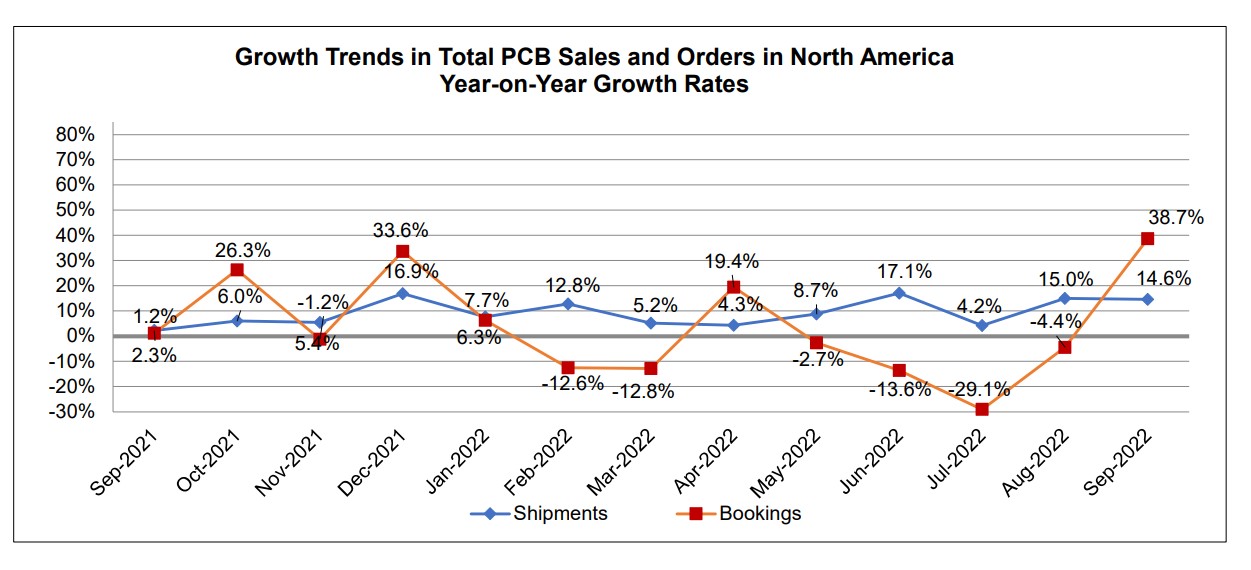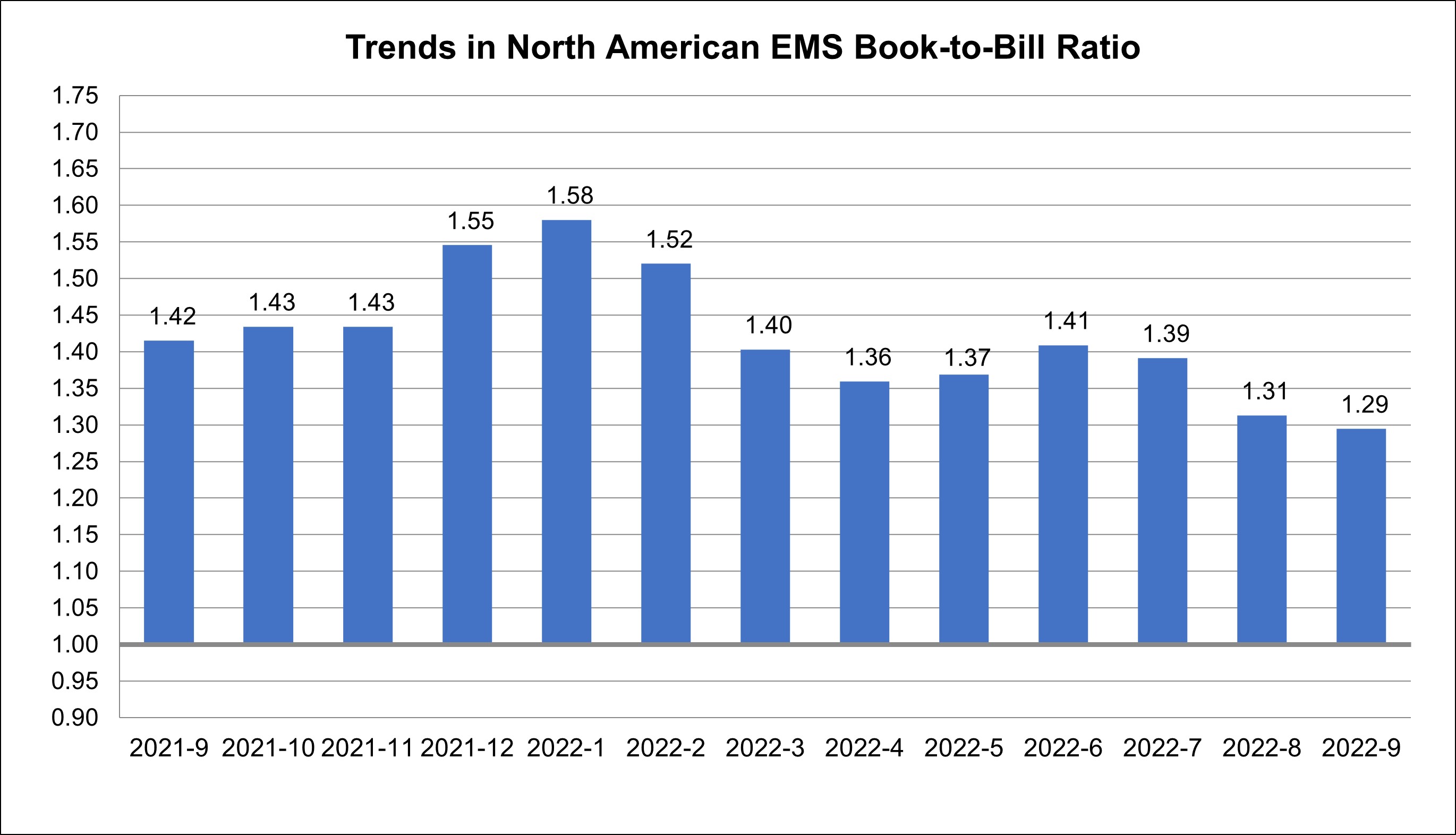Registration Open for the 2023 WHMA 30th Annual Wire Harness Conference
Registration is now open for the 2023 WHMA 30th Annual Wire Harness Conference, the industry’s only annual global leadership conference for the wire harness manufacturing industry. Geared to wire harness manufacturers, their suppliers and customers, the event will take place in person, February 14-16, 2023, in Albuquerque, New Mexico at the Sandia Resort and Casino.
In 2023, several noted industry experts and thought leaders will take to the keynote stage to deliver insight on the industry, economy, hiring practices, achieving work/life balance, effective leadership strategies, organizational success, and more. The 2023 keynote/featured speaker lineup includes:
- Dan Thurmon, peak performance coach and work/life balance expert. Thurmon will present the conference opening keynote, “Off Balance on Purpose: Improving Work-Life Alignment” on Wednesday, February 15, 9:00 am to 10:00 am MST.
- Kit Welchlin, professional consultant. Welchlin will present “Effective Leadership: It’s not Just Positional; It’s Personal - Become the Leader People Want to Follow” on Wednesday February 15, 1:30 pm to 2:30 pm MST.
- Christopher D. Lee, Ph.D., SPHR, author and managing director, Diversified Search Group. Dr. Lee will present “How to Leverage Human Potential for Organizational Success” on Thursday, February 16, 8:45 am to 9:45 am MST.
- Shawn DuBravac, Ph.D., CFA, WHMA/IPC chief economist. Dr. DuBravac will discuss WHMA’s growing industry intelligence program and provide insights on issues facing the global electronics industry, including supply chain resiliency/uncertainty, trade wars, skilled workforce shortage, and the expanding role of electronics in the global economy as well as a detailed economic report and outlook for WHMA members on Thursday, February 16, 9:45 am to 10:45 am MST.
- Pamela Barnum, trust strategist and body language expert. Barnum will present “Major, Minor, and Micro Nonverbals – The New Body Language Skills You Need to Win” on Thursday, February 16, 1:30 pm to 2:30 pm MST.
In addition to two days of inspiring keynotes and features speakers, the conference will offer a technical education workshop on IPC’s Wire Harness for Operators (WHO) course, part of a broad IPC workforce development initiative designed to meet the industry’s critical onboarding and upskilling needs effectively and efficiently. Attendees will learn more about how this course can help their organization reduce time to efficiency and costly rework while increasing productivity and retention, all at a fraction of customary investments in time and cost. The workshop will be offered on Tuesday, February 14, from 3:00 pm to 5:00 pm MST.
“From keynotes, featured presentations, technical education workshops and ‘best-practice’ roundtable sessions to an exhibition with industry leading suppliers showcasing their cutting-edge products and services and peer-to-peer networking, the 2023 WHMA wire harness conference will offer leaders in the global cable and wire harness industry opportunities to learn, grow and foster relationships,” said Joe DeMan, WHMA Board Chair. “Both the association and conference are celebrating 30 years of connecting the wire harness industry and there is much to recognize and celebrate!”
For more information on the conference including schedule, exhibition, speaker profiles, sponsorship opportunities, or to register for event, visit https://annualconference.whma.org.


